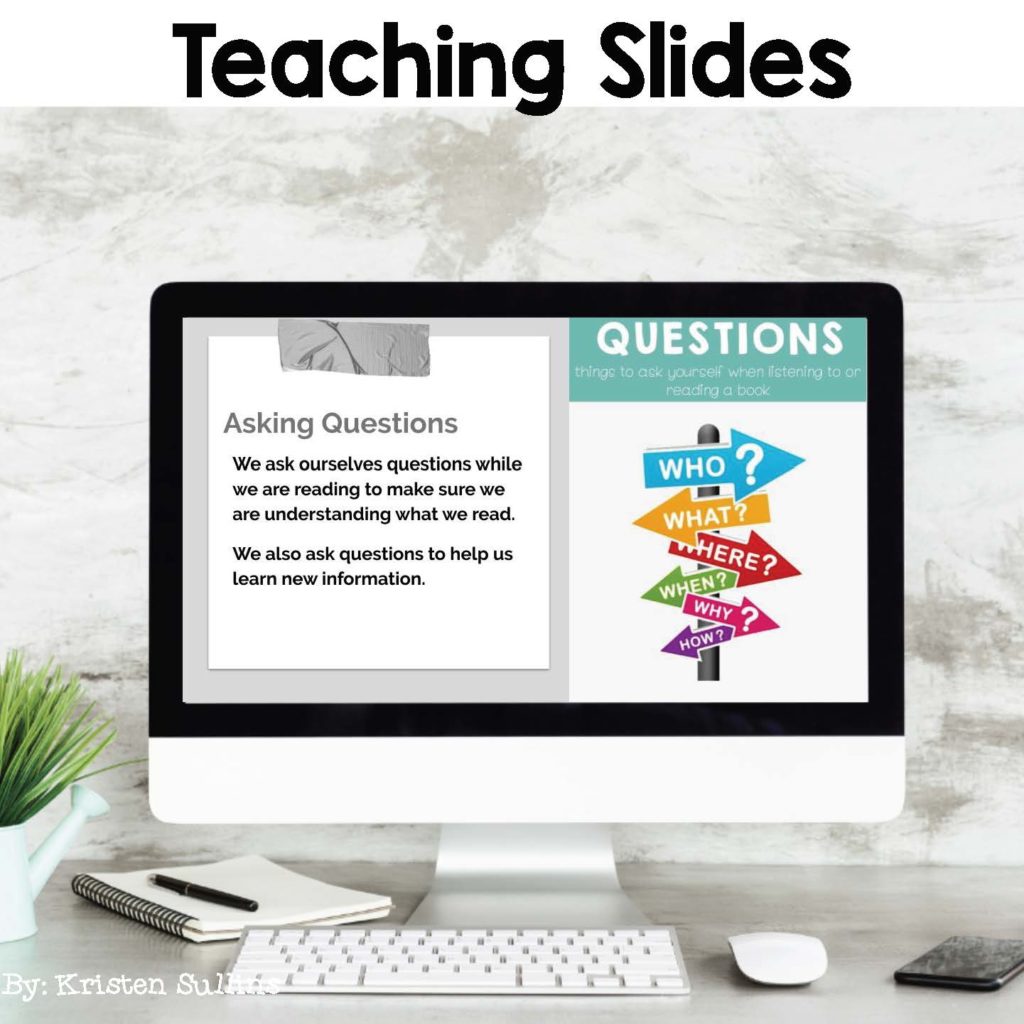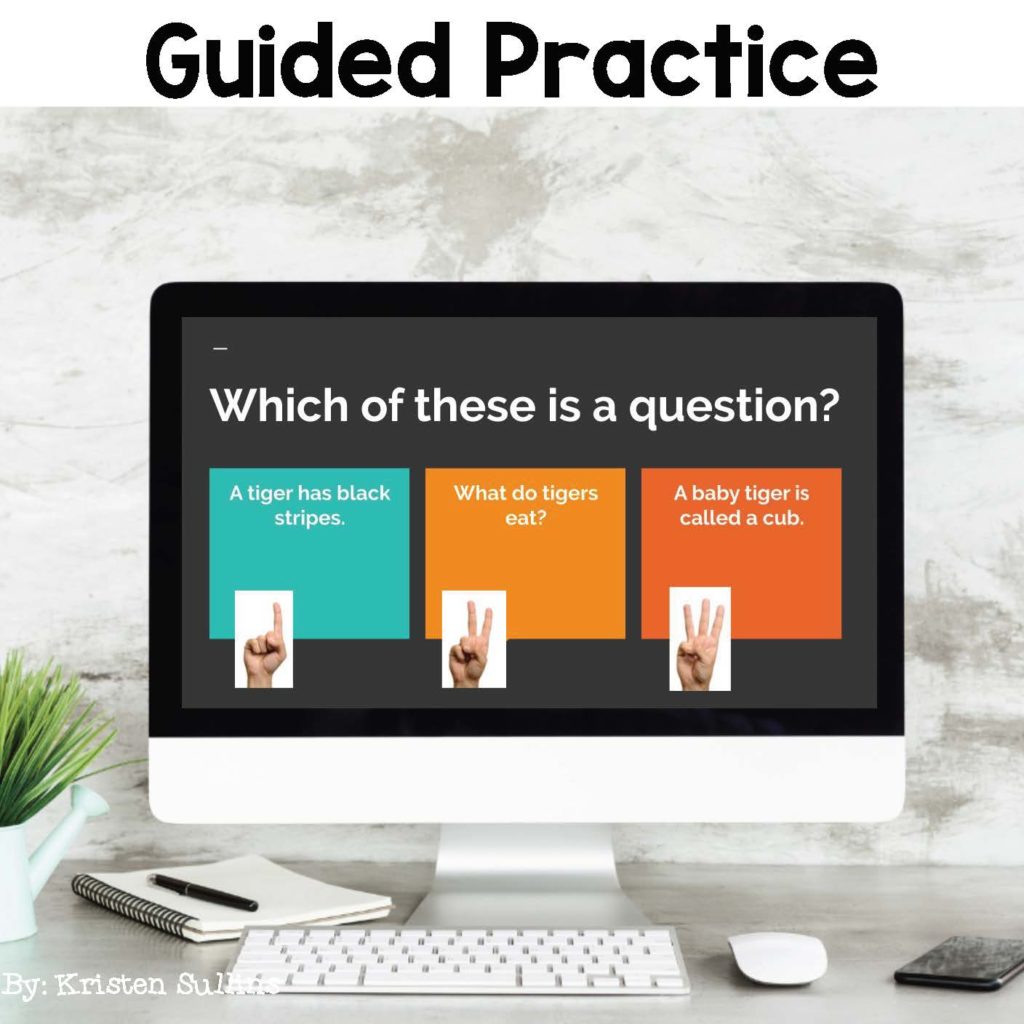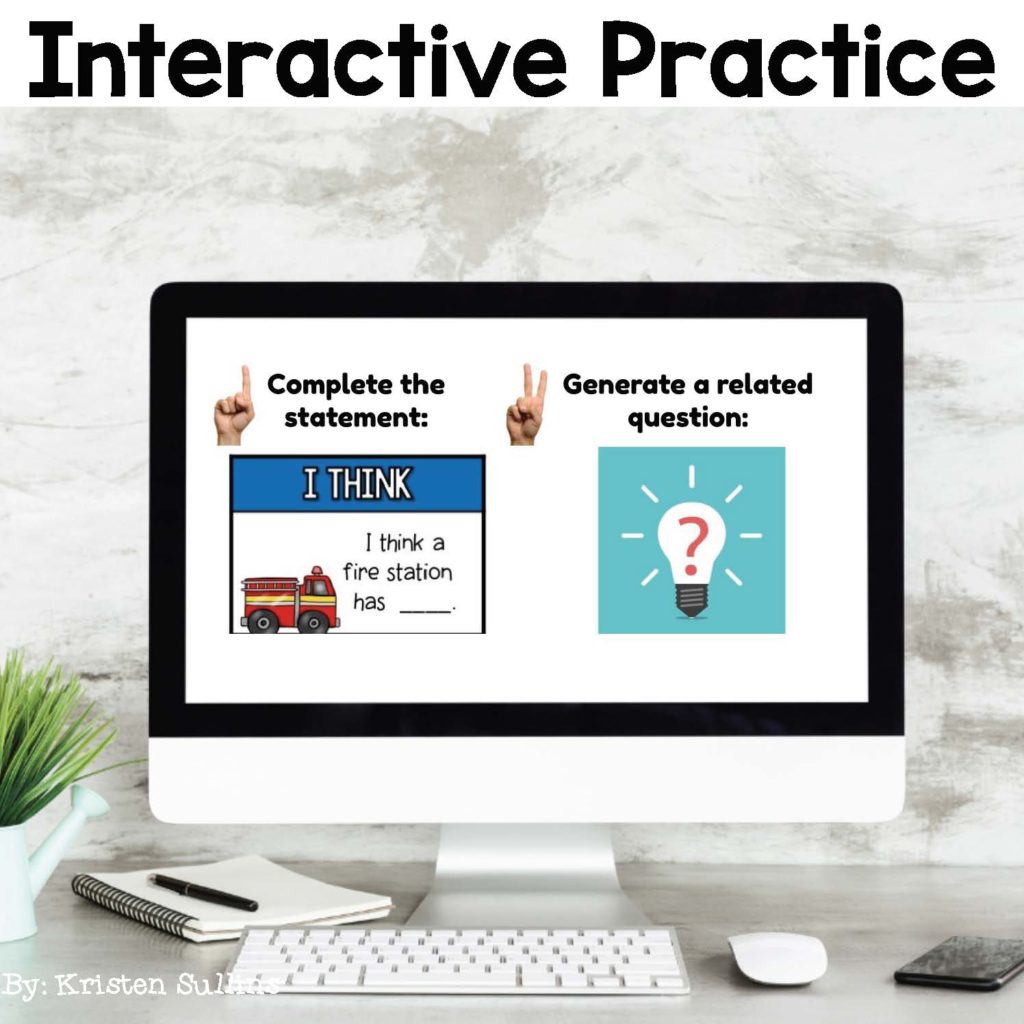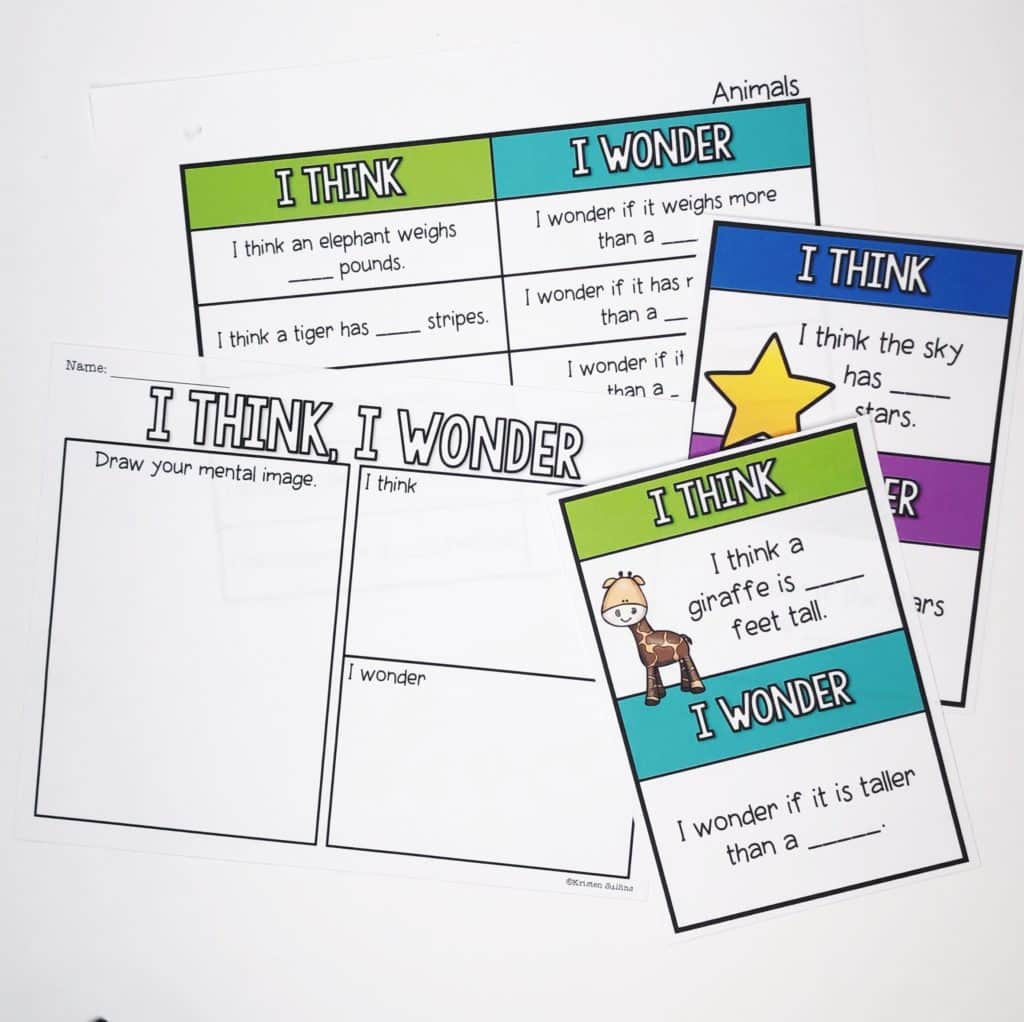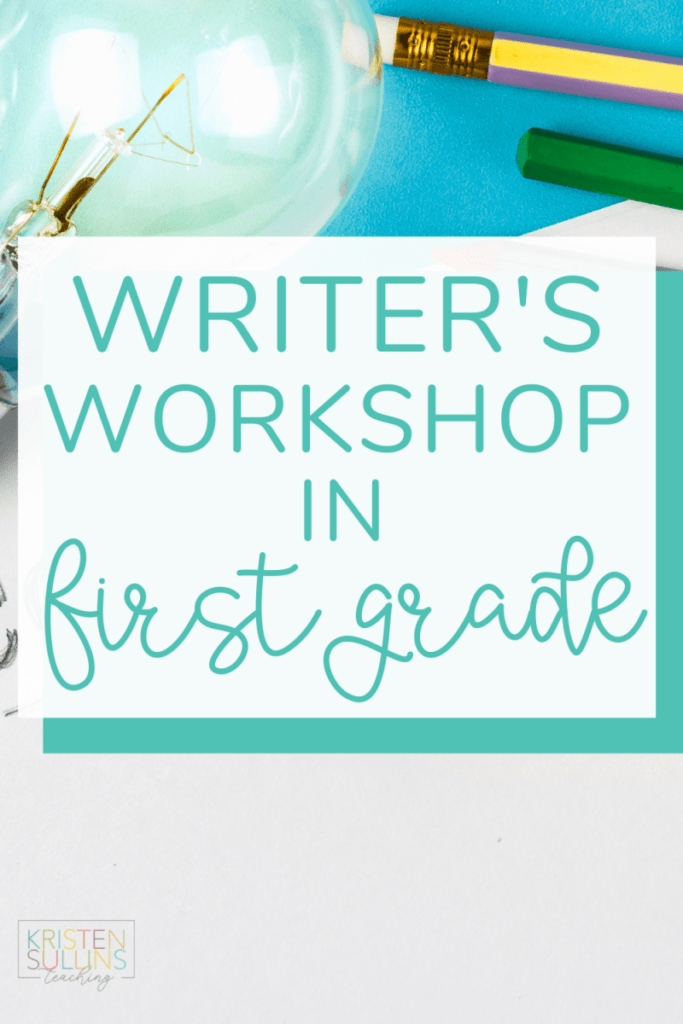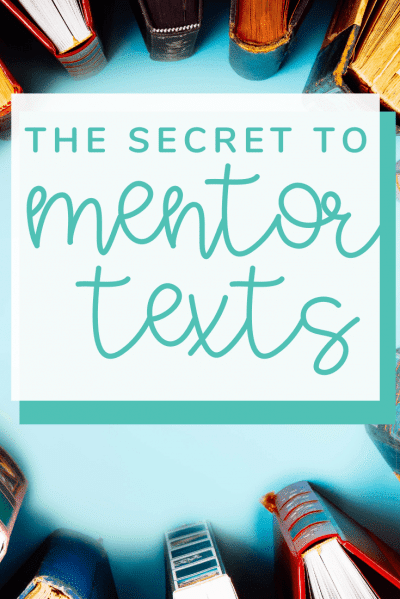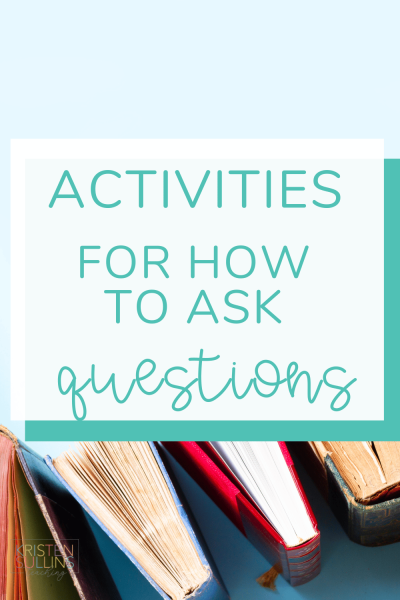Asking or generating questions is not what we typically think of as a foundational reading comprehension skill for first grade students.
But it is.
It's an activity that can be done with every single read aloud.
It can (and should) be done whole group, in small group, with partners, in literacy stations and during independent reading.
It's also a great skill for parents to work on at home.

What do First Grade students need to know about Generating Questions?
First grade students should be able to generate (ask) questions about what they are reading or hearing someone read to them.
Questions about fiction texts include:
- What is this story mainly about?
- How did the characters change?
- What happened at the end of the story? Why?
- What did the characters learn?
- What did the author want us to remember or learn from the story?
Questions about non-fiction texts include:
- What print and/or graphic features did the author include?
- Why did the author include the print and/or graphic features?
- How do the print and/or graphic features help me understand what I am reading?
- Providing examples of different types of print and graphic features found in text
- Assisting students in locating and interpreting print and graphic features
To help build this skill, practice brainstorming questions together and modeling what questions pop into your head during a read aloud.
Encourage students to use what they already know about a topic (background knowledge) to help them think of new questions to ask.
To give students a challenge, encourage them to ask open-ended questions.
How to Introduce Asking or Generating Questions for First Grade
If you teach lower elementary, then you know that there is SO much that goes into the comprehension of a book. First grade students are learning so much at this age and even listening comprehension requires their little brains to work so hard.
Why do I bring this up?
Because I want you to think about how hard they are ALREADY working when they are listening to a read aloud and when you use a mentor text to introduce a NEW SKILL, most students’ brains go into overload!
So what should we do instead?
Start with a non-text activity. Let me introduce you to a new kind of “slideshow”.
I like to use interactive slideshows/powerpoints. My slideshows always follow this order:
- Teaching Slides: Introduces students to WHAT the skill is
- Guided Practice: Introduces students to HOW to apply the skill
- Interactive Practice: Gives students an example and allows them to PRACTICE the skill in an easy and concise way
Asking Questions Non-Text Activities for First Grade
After we practice the slideshow, then we practice building our asking and answering questions muscles with some guided and independent practice using a NON-TEXT ACTIVITY such as a station game.
Non-text activities are a HUGE asset to first grade students because it allows them to build and flex their making predictions muscles before we ask them to apply those skills to a text!
How to Complete the Activity
We will do this activity together as a group first, then it will move into our guided reading stations where students will complete it independently!
I've found the best and easiest way to do this is with objects or animals that my first grade students know a lot about.
My students do this I Think, I Wonder activity (seen on the right). We do one together as a class for guided practice.
For this activity, students must correctly draw a card and read the sentence stems. Then I have students draw and write what they think the answer to the question is, and also write one question that it made them “wonder” about.
What I like about this activity is that it offers students stepping stones. First they answer a question which helps them activate their prior knowledge, THEN they practice how to ask a question on the same subject!
After we do this activity together, it goes into their stations for Guided Reading.
The best part about this activity is that you can leave it out for several weeks because each time students can choose a new set of scenario cards!
Mentor Texts for Making a Prediction
A mentor text is an incredibly powerful tool for teaching reading comprehension skills!
The problem that many teachers run into with mentor texts is that there are SO MANY different skills you can teach with the same mentor text….
Sometimes we try to do TOO MUCH and we overwhelm our students!
Let me introduce you to a Comprehension Focus Question (CFQ).
A CFQ is one question that you focus on through the entire text!
It simplifies things for you and your students. (more on that later)…
But let's take a minute to dispel so myths about mentor texts..
A mentor text is NOT a book that you read once and put it away.
A mentor text is a book that you read once, then refer back to again and again and again.
The greatest benefit of a good mentor text is that after you have read it once, when you refer back to it, you aren’t reading the entire book again, you are simply referring back to one or two pages.
It will save you SO much time.
AND students are already familiar with the story line meaning that already have a foundation for whatever comprehension skill you are about to dive into!
How to Boost Comprehension for Predictions
Comprehension Focus Questions
As I mentioned, a Comprehension Focus Question (CFQ) is a very focused and intentional comprehension goal for an activity, a week or even a unit.
If you have done your research and you understand your learning standard, the vocabulary and what students need to know…
Then it becomes very easy to choose a goal (or a comprehension focus question).
But, why do you need a comprehension goal?
To stay FOCUSED!
Not just for you, but for your students also!
Let’s look at an example. Let’s say that this week you are focusing on how to make an inference. Well, there are about a hundred different ways you can make an inference and a CFQ allows you to focus on one area at a time.
Example CFQ: “How Did The Character Change From ___ To ____?”
In this comprehension focus question, you and your students are focusing in on the characters of the story.
The great thing about CFQ’s is that the next time you pull out this mentor text, you can choose a different CFQ to focus on while still practicing how to make an inference!
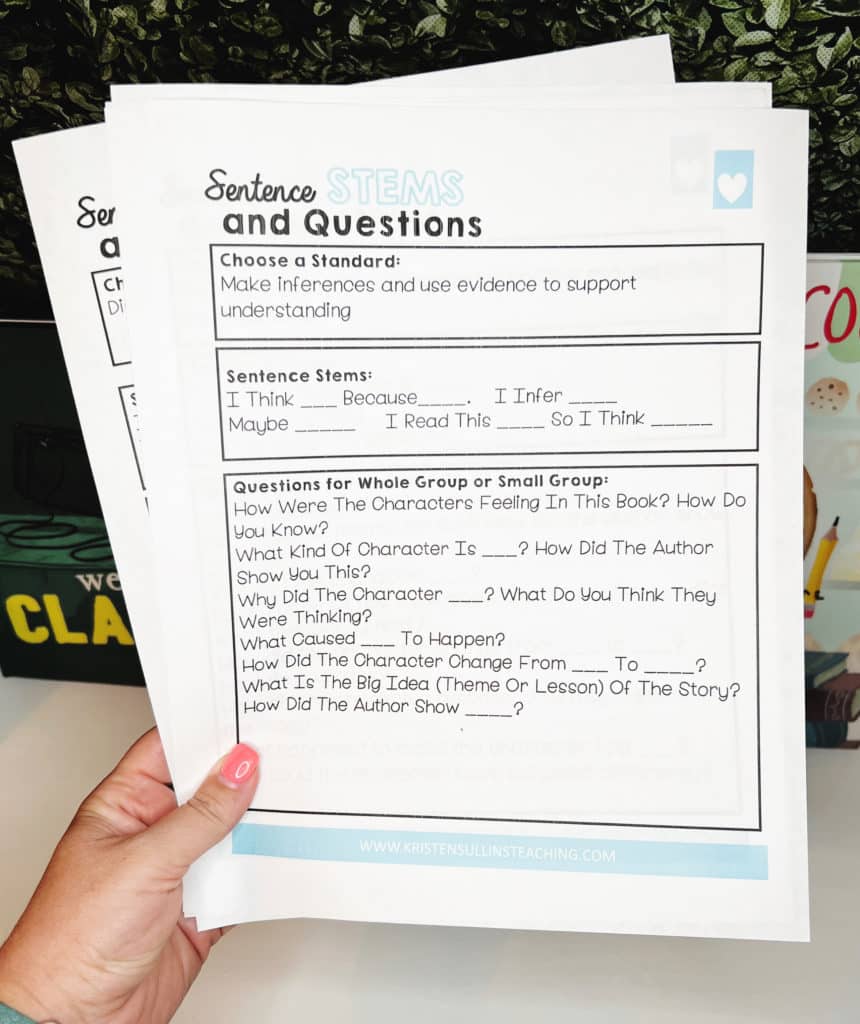
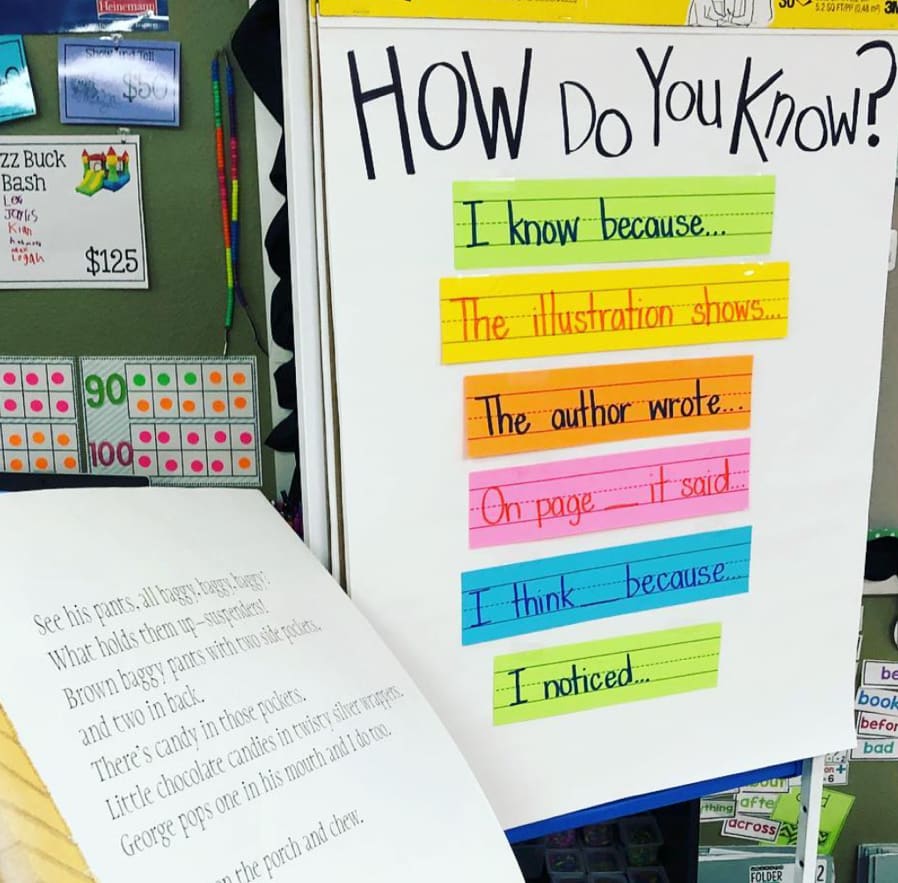
Sentence Stems
Another great strategy that falls right in long with mentor texts and comprehension focus questions is sentence stems.
A sentence stem is a phrase that your first grade students will use to answer a comprehension question.
Sentence stems are designed to get students to answer comprehension questions more fully rather than giving one word answers.
Sentence stems encourage students to explain their thinking.
I like to have a list of sentence stems next to my table that are specific to each comprehension skill. I stick to one or two stems per skill for the entire year because I want my students to be consistent. (This also makes it a lot easier for them)
If we are sticking with our Make an Inference example, I would use the following sentence stems:
I Think ___ Because____.
I Read This ____ So I Think _____
Asking Questions Activities for First Grade
All of the activities that you found in this post, both printable and digital, along with UNIT LESSON PLANS can be found in my Generate Questions Bundle here.
You can save up to 20% by purchasing the items together, but you can also purchase individual items to better fit your needs!

